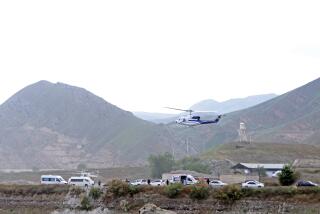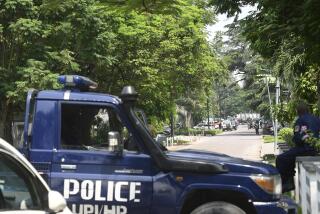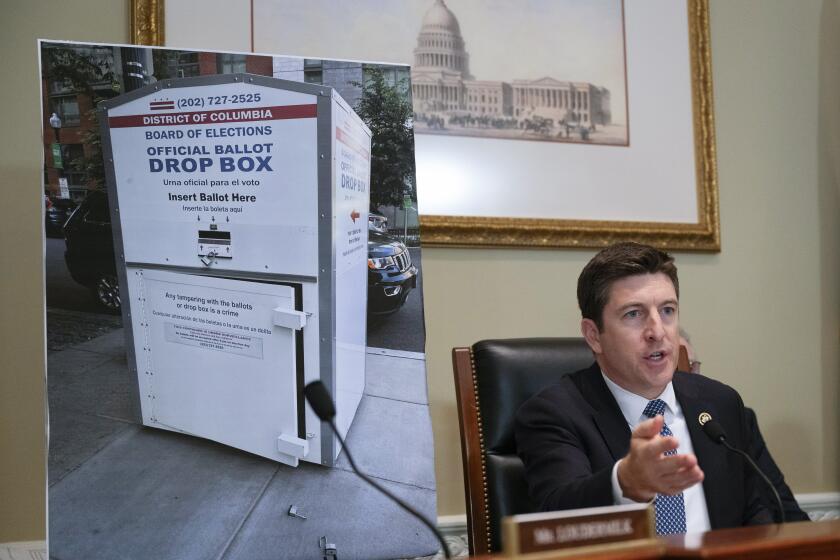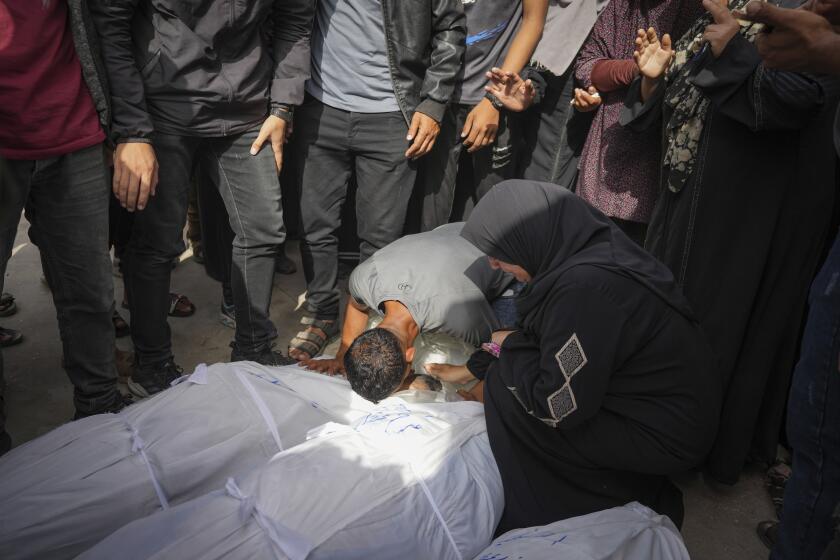Soviets Acknowledge 1957 Accident
The Soviet Union admitted for the first time Friday that a tank of radioactive waste exploded at a nuclear weapons plant nearly 32 years ago, showering particles over about 400 square miles and forcing the evacuation of 10,000 people.
Before the Chernobyl power plant explosion on April 26, 1986, Western specialists called the disaster in the southern Ural Mountains the world’s worst nuclear accident. A secret CIA file made public in 1977 quoted Soviet sources as saying hundreds of people were killed.
The Western accounts said the explosion created a vast radioactive wasteland one-third the land area of Rhode Island, or about 400 square miles.
Thirty rural villages vanished from Soviet maps, fishing was banned in lakes, dams were built to contain radioactive waterways and rivers were diverted with canals, according to the Western accounts.
But the official news agency Tass said Friday that no casualties had resulted. It quoted Boris Nikipelov, first deputy minister for medium machine-building, as telling a news conference a “chemical explosion” occurred in September, 1957, near Kasli, about 870 miles southeast of Moscow.
A tank of radioactive waste exploded at a military plant where atomic weapons were to be built, “forming a radioactive trail 105 kilometers (65 miles) long and 8 to 9 kilometers (roughly 5 to 5 1/2 miles) wide,” said Nikipelov, whose ministry administers military-related nuclear programs.
Tass said 2 million curies of radioactive elements were released and that “more than 10,000 people were urgently evacuated from the contaminated zone.” In comparison, Tass noted that 50 million curies of radiation were released in the Chernobyl explosion and fire that resulted in the death of 31 people.
The effects of the accident lasted for decades, Tass indicated. It said economic activity resumed in the area only by 1978, and even then only in 80% of the contaminated zone. The remaining territory was turned into a reserve. Radiation returned to safe levels in the area only by 1974.
Tass did not say when or where Nikipelov gave the news conference, nor did it say which radioactive particles were released or whether the atomic weapons plant is still operating.
Tass said the accident was kept secret so long in the Soviet Union because it occurred at a military plant.
The Urals accident was first disclosed in 1972, when Zhores Medvedev, a Soviet biochemist, wrote that hundreds of people probably died of radioactive poisoning after nuclear wastes near the first Soviet atomic power plants exploded.
More to Read
Start your day right
Sign up for Essential California for news, features and recommendations from the L.A. Times and beyond in your inbox six days a week.
You may occasionally receive promotional content from the Los Angeles Times.






